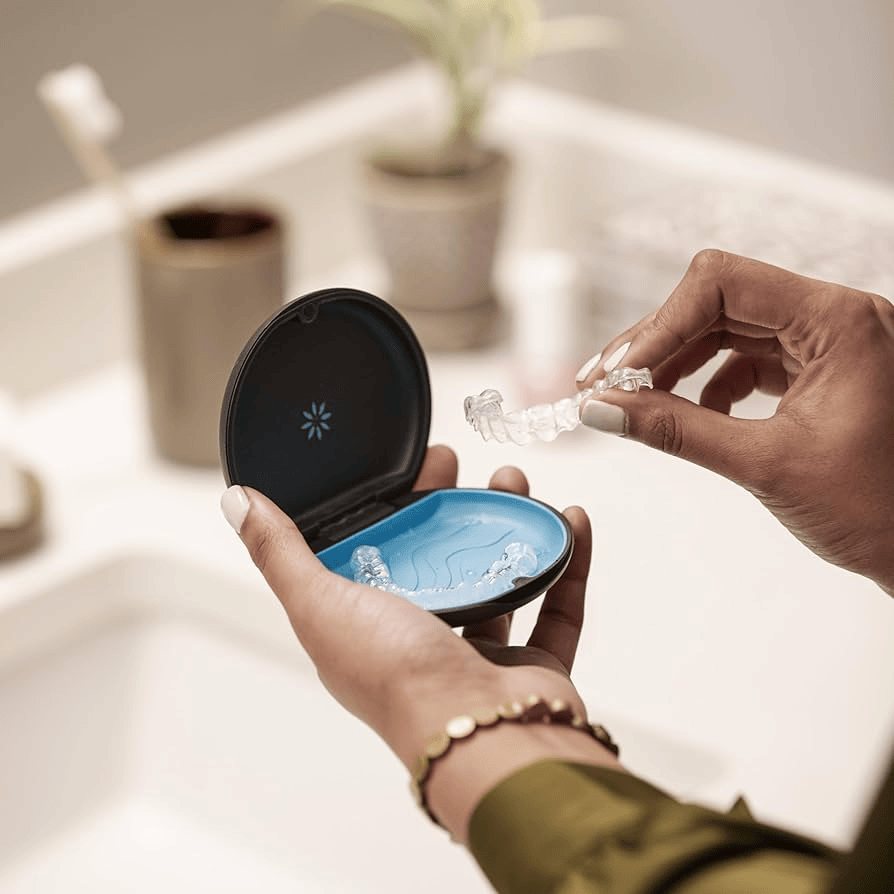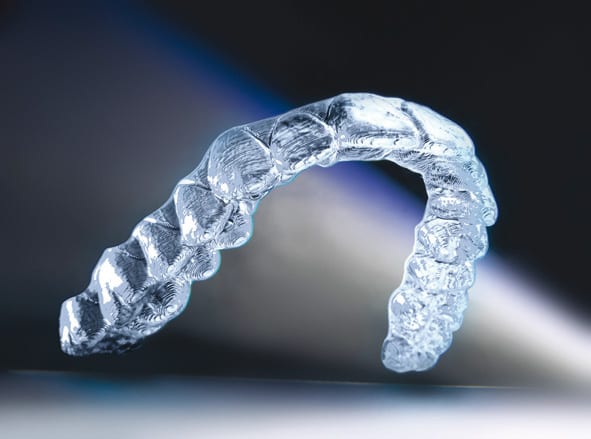Sticky, salty, protein-packed peanut butter is a staple in many pantries. But for anyone wearing braces—especially traditional metal braces or ceramic ones—the real question is: can you eat peanut butter with braces without damaging your brackets or compromising your treatment? The short answer is: it depends on the type and how you eat it.
Table of contents
Braces x Peanut Butter Lover
Is Peanut Butter Safe for Braces?
Peanut butter isn’t entirely off-limits, but it comes with caveats. While smooth peanut butter may seem harmless, its sticky consistency can be a nightmare for dental braces. It tends to cling to brackets and wires, which can be difficult to clean and may increase the risk of plaque buildup.
Chunky peanut butter, on the other hand, adds another layer of risk. Those little nut bits can act like mini wrecking balls against your braces, especially if you're wearing metal dental braces or clear braces for adults. The bottom line? Smooth peanut butter in moderation is generally okay. But orthodontists recommend caution—especially during the early phases of treatment or right after adjustments when teeth are most sensitive.


Why Peanut Butter Can Be a Problem
Peanut butter isn’t automatically off-limits with braces, but it’s definitely one of those “handle with care” foods. Its dense, sticky texture can work against you if you're not being careful—especially when paired with inconsistent cleaning habits. Before diving into your next spoonful, here’s what orthodontists want you to keep in mind:
Stickiness: It adheres to every corner of your braces, making flossing and brushing more difficult.
Sugar Content: Even natural versions have sugars that, if left behind, can cause cavities.
Risk to Hardware: Chunky or thick peanut butters can put pressure on brackets, especially for adults with braces who may have older, more rigid enamel.
How to Safely Eat Peanut Butter with Braces
Peanut butter lovers don’t have to give it up entirely—but strategy matters. From texture to portion size, small choices can make a big difference in keeping your braces safe. If you're craving that peanutty goodness, here’s how to enjoy it without sabotaging your orthodontic progress:
Stick to smooth peanut butter. Avoid crunchy varieties at all costs.
Use a thin layer. The more you glob on, the harder it is to remove.
Rinse with water immediately. It helps loosen sticky residue.
Brush thoroughly after eating. And don’t forget to floss!
Pair with soft foods. Peanut butter on soft bread or sliced bananas is safer than on toast or crackers.

Post-Snack Hygiene with Braces
Sticky foods like peanut butter demand more than a quick rinse—they require a full cleanup strategy. The issue isn’t just eating peanut butter; it’s leaving residue wedged between your brackets, wires, and enamel. Orthodontic braces create tight, hidden spaces where even a small amount of peanut butter can linger.
That’s why post-snack hygiene becomes non-negotiable. If you're craving that peanutty goodness, here’s how to enjoy it without sabotaging your orthodontic progress:
Flossing After Eating Sticky Foods
Whether you’re wearing traditional braces for teeth, ceramic dental braces, or adult braces, thorough cleaning is your best defense against plaque buildup and bracket damage. This is where specialized tools like floss picks for braces and flossers for braces come in handy, giving you better access to those hard-to-reach areas and keeping your teeth—and treatment—on track.
Floss threaders help navigate between wires.
Water flossers flush out residue.
Interdental brushes clean around brackets.
Use fluoride rinses to strengthen enamel
Peanut Butter Alternatives for Eating with Braces
These options aren’t just tasty—they’re also safer for your smile. If peanut butter feels too sticky or risky to include in your diet, there are still plenty of creamy, satisfying alternatives that are less likely to cling to your brackets or disrupt your treatment.
Choosing softer, smoother spreads or nutrient-rich substitutes can deliver flavor without the fallout. Consider these smart swaps that align with your orthodontic care routine:

Sunflower seed butter (smoother texture, lower stickiness)
Almond butter (opt for extra-smooth varieties)
Greek yogurt with a spoon of honey or cinnamon for flavor
Mashed avocado for savory spreads
Peanut Butter’s Protein Power
Peanut butter delivers about 8 grams of protein per 2 tablespoons, making it a powerhouse snack—especially for growing teens or adults with dietary goals. But here’s the twist: that same dense texture that makes it satisfying is exactly what makes it risky for anyone with braces. It’s like dental glue in disguise. Smooth peanut butter in small amounts? Smart. Slathering it on thick, crunchy toast? A one-way ticket to an emergency orthodontic visit.
Can Peanut Butter Affect Invisalign Clear Braces?
Aligner trays may be removable, but they aren’t invincible. Sticky foods like peanut butter can still pose problems if proper care isn’t taken. Although you won’t risk bending wires or dislodging brackets with Invisalign clear braces in, you’re not off the hook.
Eating while wearing aligners can warp the plastic, trap food particles, and cause long-term discoloration. Even trace amounts of peanut butter left on teeth can create a breeding ground for bacteria, especially when sealed under a tray for hours.
Remove aligners before eating. Always.
Brush before reinserting aligners. Don’t let peanut butter residue sit on your teeth.
Avoid eating anything with aligners in. Even a small bite can cause damage.
Can you eat crunchy peanut butter with braces?
No—crunchy peanut butter can crack brackets and bend wires. The nut pieces are too hard and can get lodged between orthodontic hardware, making them difficult to remove.
How soon after getting braces can I eat peanut butter?
Wait at least a week after getting braces or an adjustment before trying smooth peanut butter. Your teeth and brackets are most vulnerable during this time.
What’s the best way to clean braces after eating peanut butter?
Use floss threaders, a water flosser, and an orthodontic toothbrush. Rinsing with water immediately after eating also helps loosen sticky residue before brushing.
Is almond butter better than peanut butter for braces?
Yes—smooth almond butter is typically less sticky and easier to clean from brackets and wires. It’s often considered a safer alternative during orthodontic treatment.
Conclusion
So, can you eat peanut butter with braces? Yes—but with caution. Stick to smooth varieties, use small amounts, and practice excellent oral hygiene. Whether you're navigating traditional braces, lingual setups, or teeth braces for adults, smart snacking can help you stay on track.
When in doubt, talk to your orthodontist. And remember: that temporary peanut butter craving isn't worth prolonging your treatment.






